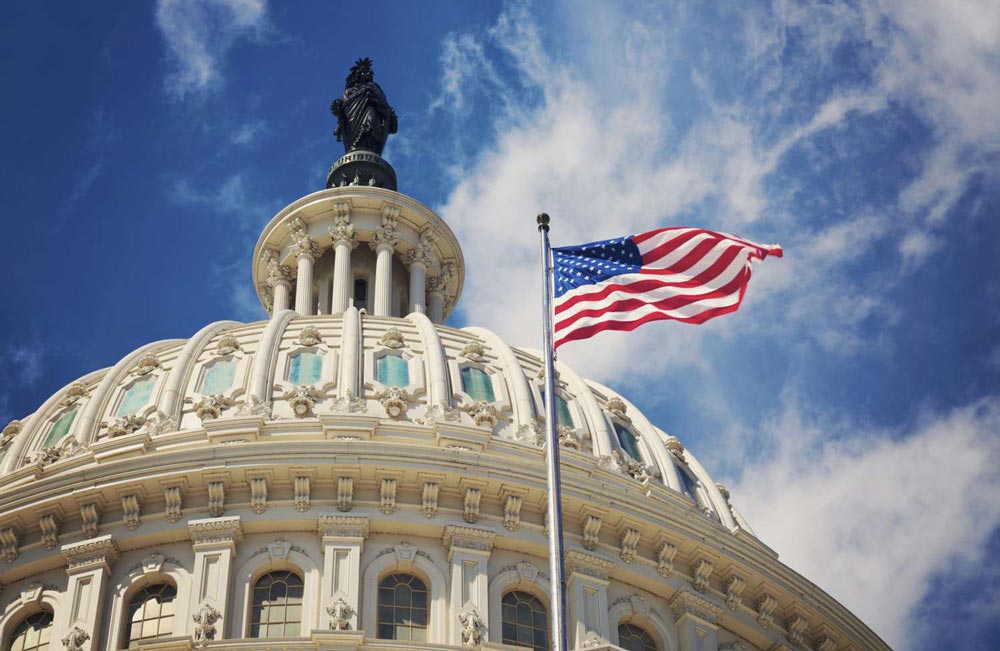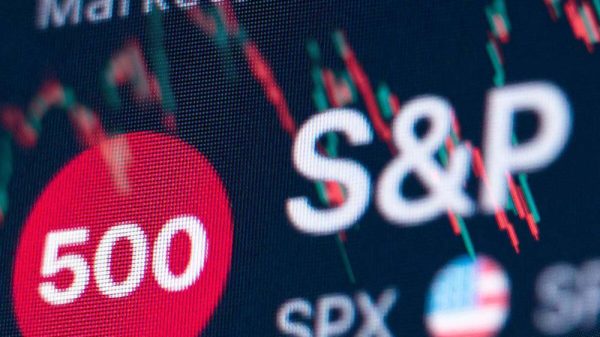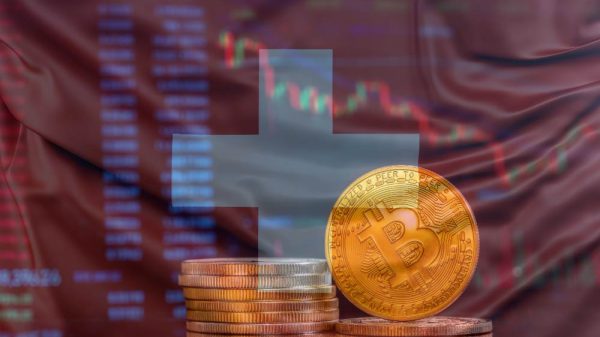The U.S. economy demonstrated stronger-than-expected growth in the second quarter of 2025, with the Commerce Department reporting a 3.3% annualized increase in gross domestic product (GDP). This revised figure exceeded the initial estimate of 3.0% and surpassed the 3.1% forecast by Dow Jones analysts. The growth was primarily driven by robust consumer spending, which overcame challenges such as tariff volatility and global economic uncertainty.
Key Drivers of Growth
Consumer spending, a vital component of economic activity, rose 1.6% in the second quarter, up from an earlier estimate of 1.4%. Additionally, a critical metric, final sales to private domestic purchasers, surged 1.9%, significantly higher than the previously reported 1.2%. This figure, closely monitored by Federal Reserve officials, highlights strong domestic demand and sales activity.
Tariffs introduced earlier in the year also played a notable role in shaping GDP figures. Imports fell sharply by 29.8% during the quarter, reflecting a slowdown after businesses stockpiled goods ahead of President Donald Trump’s “liberation day” announcement on April 2. While this decline in imports subtracted less from GDP than initially thought, exports dropped 1.3%, an improvement over the previous estimate of a 1.8% decrease. Together, net exports contributed nearly five percentage points to the overall GDP growth.
Broader Economic Context
Despite the strong second-quarter performance, the economy faces challenges. The GDP contracted by 0.5% in the first quarter of 2025 due to the earlier surge in imports. For the first half of the year, GDP growth has averaged 2.1%, with an average quarterly expansion of just over 1%.
Looking ahead, the Atlanta Federal Reserve’s GDPNow model projects a 2.2% growth rate for the ongoing third quarter. However, economists like Heather Long from Navy Federal Credit Union caution that the economy is likely to transition into a slower growth phase. “Going forward, the economy is likely to stay in this slower speed mode with spending and growth around 1.5% as the tariffs become more visible to American consumers,” Long said.
Inflation and the Federal Reserve
Inflation metrics remained stable during the second quarter. Core personal consumption expenditures (PCE) prices, which exclude volatile food and energy categories, rose 2.5%, consistent with earlier estimates. Meanwhile, the headline PCE price index edged down to 2%, aligning with the Federal Reserve’s inflation target.











